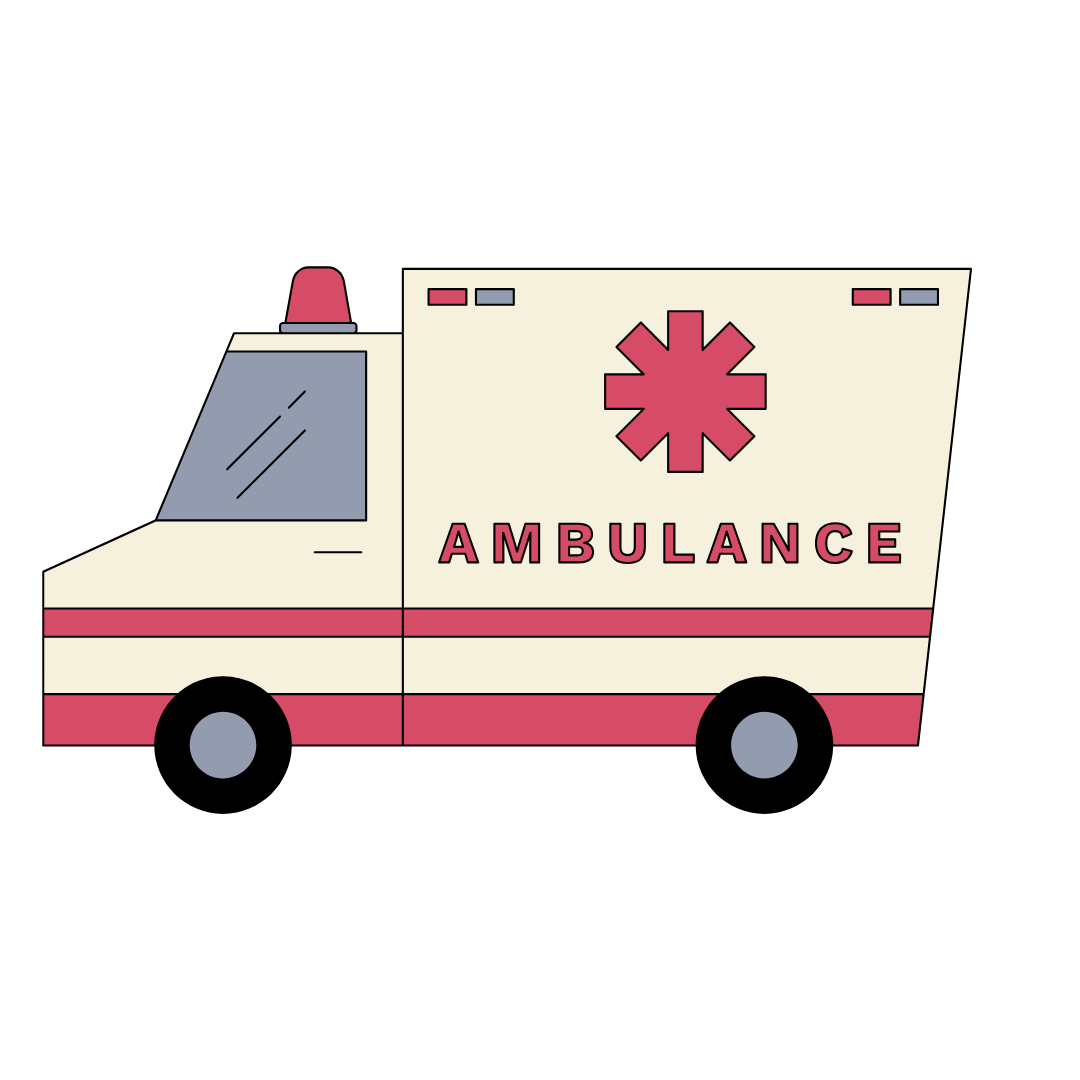Ambulance Services in Bangalore: Rapid, Reliable & Life-Saving Help on Time

Ambulance Services in Bangalore
When emergencies strike, every second counts. That’s why Ambulance Services in Bangalore are not just a necessity—they’re a lifeline. Whether it’s a cardiac episode, accident trauma, or transporting a critical patient between hospitals, having quick and dependable ambulance access can make all the difference. Bangalore, a bustling city filled with tech parks, hospitals, and traffic, demands a fast, professional, and well-equipped ambulance network that can function around the clock.
Let’s explore the role these services play in saving lives, the various types of ambulances available, and why choosing the right provider could be the most important decision in a medical emergency.
The Growing Need for Ambulance Services in Urban India
India’s urban healthcare infrastructure is expanding, but with it comes the growing need for organized emergency response services. Bangalore, in particular, with its dense population and ever-busy roads, often poses challenges in delivering critical care on time. This is where modern emergency transportation systems come into play.
From advanced life-support vehicles to ICU-on-wheels, the shift toward high-quality emergency services marks a major evolution in urban healthcare delivery.
Types of Ambulances Available in Bangalore
1. Basic Life Support (BLS) Ambulance
Ideal for non-critical situations, a BLS ambulance typically comes equipped with oxygen cylinders, a basic first-aid kit, and a stretcher. It’s used for routine patient transportation, including hospital discharges and inter-facility transfers for stable patients.
2. Advanced Life Support (ALS) Ambulance
Used for more serious emergencies, ALS ambulances come with cardiac monitors, defibrillators, ventilators, and trained paramedics. These vehicles are suited for patients in critical condition who require immediate medical attention en route.
3. ICU Ambulances
ICU ambulances are essentially mobile intensive care units. They are equipped with high-end technology including life support machines, trained intensivists, and advanced monitoring systems. These are used for intercity or hospital-to-hospital transfers for critically ill patients.
4. Mortuary Ambulances
Also known as hearse vans, these are meant for respectfully transporting deceased individuals. They come with refrigeration systems to preserve the body and ensure dignified handling.
Why a Fast Ambulance Response Can Save Lives
The “golden hour” in emergency medicine is the crucial first hour after a traumatic injury or cardiac arrest. It is during this time that prompt medical intervention is most effective in preventing death.
A well-organized ambulance system ensures:
-
Quick response time
-
Trained medical staff on board
-
Live tracking and coordination with hospitals
-
Seamless transition from site to hospital ER
Modern services in Bangalore are now leveraging GPS-based dispatch systems, smart traffic navigation, and telemedicine capabilities to improve response times and outcomes.
Choosing the Right Ambulance Provider
Here are some key aspects to consider when selecting a reliable emergency service:
1. Availability and Reach
Make sure the provider offers 24/7 services across major parts of the city. Response time and reach are crucial.
2. Medical Equipment
The ambulance must be equipped based on the nature of emergency—whether it’s trauma, respiratory distress, or cardiac events.
3. Trained Personnel
Professionally trained drivers, paramedics, and EMTs can significantly impact survival and comfort during transport.
4. Integration with Hospitals
A provider with good coordination with hospitals can ensure smoother admission procedures and faster treatment upon arrival.
Technology: The New Backbone of Emergency Transport
Modern ambulance services are becoming increasingly tech-driven. Live GPS tracking, app-based bookings, real-time updates for family members, and even video consultations with doctors during transit are transforming emergency care.
This integration of technology ensures minimal delays, better communication, and real-time data sharing with emergency rooms. Bangalore, being a tech hub, is at the forefront of this movement.
Cost Considerations and Insurance Coverage
While quality care comes at a price, many ambulance services are now covered under health insurance policies. It’s important to verify the cost structure and if the provider is empanelled under your insurer.
Always ask for:
-
Transparent pricing
-
Additional charges for intercity transfers
-
ICU ambulance charges
-
Waiting time fees (if any)
A Look Ahead: The Future of Emergency Medical Services
In a city like Bangalore, the future of ambulance services is expected to evolve with AI-driven dispatch systems, drone support for congested areas, and autonomous vehicles for swift navigation through traffic.
Efforts are also being made to raise awareness about CPR training among civilians and to set up first responder networks across residential societies and corporate campuses.
Conclusion
Reliable Ambulance Services in Bangalore are a cornerstone of any functioning healthcare system. They ensure patients receive timely intervention, which can often be the difference between life and death. As healthcare technology and infrastructure continue to evolve, ambulance providers are keeping pace by offering smarter, faster, and more patient-centric services.
FAQs: Emergency and Patient Transportation Services
1. What is the difference between a BLS and ALS ambulance?
BLS (Basic Life Support) ambulances handle non-critical transport and provide basic first aid, while ALS (Advanced Life Support) ambulances are equipped with advanced medical tools for emergencies requiring immediate interventions.
2. When should I call an ICU ambulance?
You should call an ICU ambulance when a patient is critically ill and needs constant monitoring and advanced life support equipment during transportation.
3. Are ambulances available 24/7 in Bangalore?
Yes, most professional emergency service providers in Bangalore operate 24/7, including weekends and holidays.
4. How long does it take for an ambulance to reach in Bangalore traffic?
Response time varies, but top services typically reach within 15–25 minutes, thanks to smart routing and GPS coordination.
5. Is it possible to track the ambulance in real-time?
Yes, many providers offer GPS-based live tracking for the patient's family or hospital to monitor the ambulance route and ETA.
6. What should I do while waiting for an ambulance?
Keep the patient calm, avoid unnecessary movement (especially in case of injury), and gather essential medical records or prescriptions to bring along.
7. Are ambulance charges covered by insurance in India?
Some health insurance policies cover ambulance charges. It’s best to check with your insurer for exact coverage details.
8. Can I book an ambulance online or via app?
Yes, several providers now offer app-based bookings or online platforms for quick ambulance reservations.
9. What kind of staff are present in a medical ambulance?
Medical ambulances usually have a trained driver, an emergency medical technician (EMT), and sometimes a paramedic or nurse.
10. Are there ambulances for non-emergency transportation?
Yes, non-emergency ambulances are available for scheduled medical check-ups, hospital discharges, or transfers for stable patients.
- Marketing & Social Media
- AI & Digital Tools
- Science & Innovation
- Business & Finance
- Education & Learning
- Technology & Gadgets
- Family & Relationships
- Parenting & Kids
- Fashion & Beauty
- Travel & Culture
- News & Politics
- Home
- Literature
- Music
- Networking
- Altre informazioni
- Party
- Religion
- Shopping
- Sports
- Theater
- Wellness
- Art
- Causes
- Crafts
- Dance
- Drinks
- Film
- Fitness
- Food
- Gardening
- Health
- Giochi



